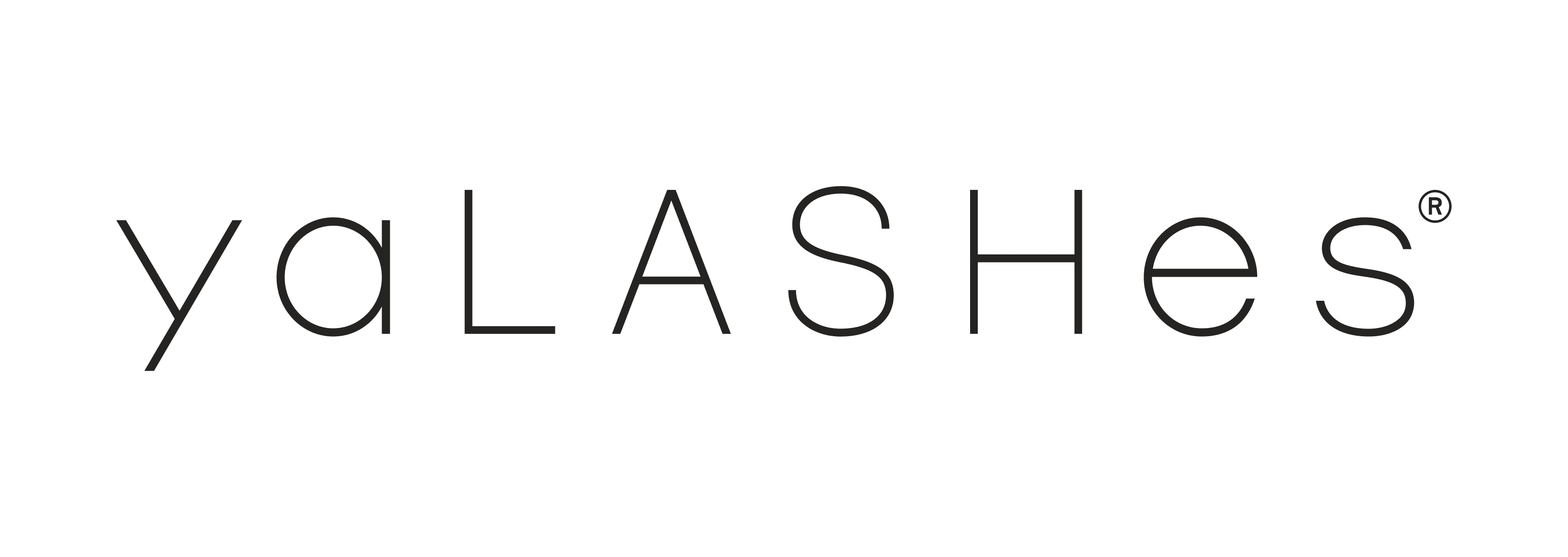The chemical composition of the glue

It's no secret that eyelash extension glue is based on cyanoacrylate. This is the main component, but not the only one, in the composition of the glue. Different ratios of substances in the composition, derivatives of cyanoacrylates, various modifiers, pigments and flavors - all this led to a large assortment of glue and different properties of the glue. The adhesive composition determines the adhesive speed, adhesive viscosity, elasticity, strength, color, smell and allergic effects of its vapors on the body.
For a beginner, as for a professional with many years of experience, the quality of the work depends, among other things, on the chosen adhesive.
Poor-quality adhesive (the wrong composition) can significantly reduce the durability or wearing time of the lash extensions.
That is why we decided to revisit the characteristics of adhesive selection. First of all, it will be useful for beginners who do not quite understand the main parameters and criteria for choosing glue, because recently the choice has become simply huge. The chemical industry and new technologies are developing rapidly, and new products are constantly being introduced.
How can you not get lost in the variety of adhesive types? According to what parameters to choose eyelash extension glue so that you can work well and your customers will be satisfied with the result, so that they recommend you to their friends? What is the difference between eyelash extension glues?
We will tell you more about this in our new article using our yaLASHes glue line as an example!
The composition
In order to carry out high-quality treatment, the eyelash extension glue must ensure reliable adhesion of natural and artificial eyelashes, have a minimum of fumes and be safe for the stylist and her client.
At a time when the profession of eyelash stylist was still in its infancy and not as popular and in demand as it is today, glue based on resins and rubber was made.
Formaldehyde was included in the composition of such adhesives - a substance toxic to humans. First of all, it is harmful to the mucous membranes and skin, causing unpleasant allergic reactions: tearing of the eyes for a long time after prolongation, redness, inflammation, itching ... And these were still mild symptoms of formaldehyde exposure.
The use of adhesives, which could also contain small amounts of formaldehyde, has long been avoided.
Therefore, be careful, if you suddenly see formaldehyde in the composition of the glue, in no case do not buy it! Take care of your health and the health of your customers!
Modern formulas of adhesives for eyelash extensions are based on cyanoacrylates - esters of cyanoacrylic acid.
Glue is a liquid monomer of any cyanoacrylate (alkoxy, ethyl, butyl, methyl). This volatile substance, which makes up about 90% of the total composition of the adhesive, provides a strong bond to all surfaces and is responsible for coupling speed, viscosity and wear time. The composition of the adhesive may contain one or more groups of cyanoacrylate monomers.
Butyl 2-cyanoacrylate
Butyl 2-cyanoacrylate is the main ingredient of medical grade cyanoacrylate adhesives used to bond cut wounds, surgical incisions, etc. When this component is used in an eyelash extension glue, this glue is the slowest in terms of adhesion speed (much slower than e.g. ethyl and methyl cynoacrylate), but it has the least dampening, but also offers less durability.
Ethyl-2-cyanoacrylate
Ethyl-2-cyanoacrylate - the most common component used in most eyelash extension adhesives is modern and safe. It is the main substance in the composition of yaLASHes - adhesives. The most optimal in terms of the ratio of properties such as volatility, speed of adhesion and strength. The adhesive is faster than butyl and slower than methyl based adhesives. As for its damping strength: more volatile than butyl and less volatile than methyl-based adhesives. So ideal for eyelash extensions.
Methyl 2-cyanoacrylate
Methyl 2-cyanoacrylate is a substance that is more toxic than ethyl 2-cyanoacrylate. The more methyl-2 in the composition of the glue, the faster the adhesion. However, we advise against using adhesives based on methyl-2-cyanoacrylate, as these are more toxic and are more likely to cause an allergic reaction to adhesive fumes in both customers and stylists.
Alkoxycyanoacrylates
Alkoxycyanoacrylates (2-methoxyethyl-2-cyanoacrylate and 2-ethoxyethyl-2-cyanoacrylate) are the safest cyanoacrylates and the least volatile, causing almost no discomfort. BUT the polymerization speed (adhesion speed) will be lower accordingly, and the adhesion strength and wear time will decrease a little.
In addition to cyanoacrylate, each glue contains stabilizers, viscosity modifiers, plasticizers, dyes, etc.
For example, isoprene is a natural base (it is a monomer of natural rubber) that provides elasticity to the adhesive after polymerisation.
PMMA (polymethyl methacrylate) - affects viscosity and adhesion speed but has little to no effect on fumes.
